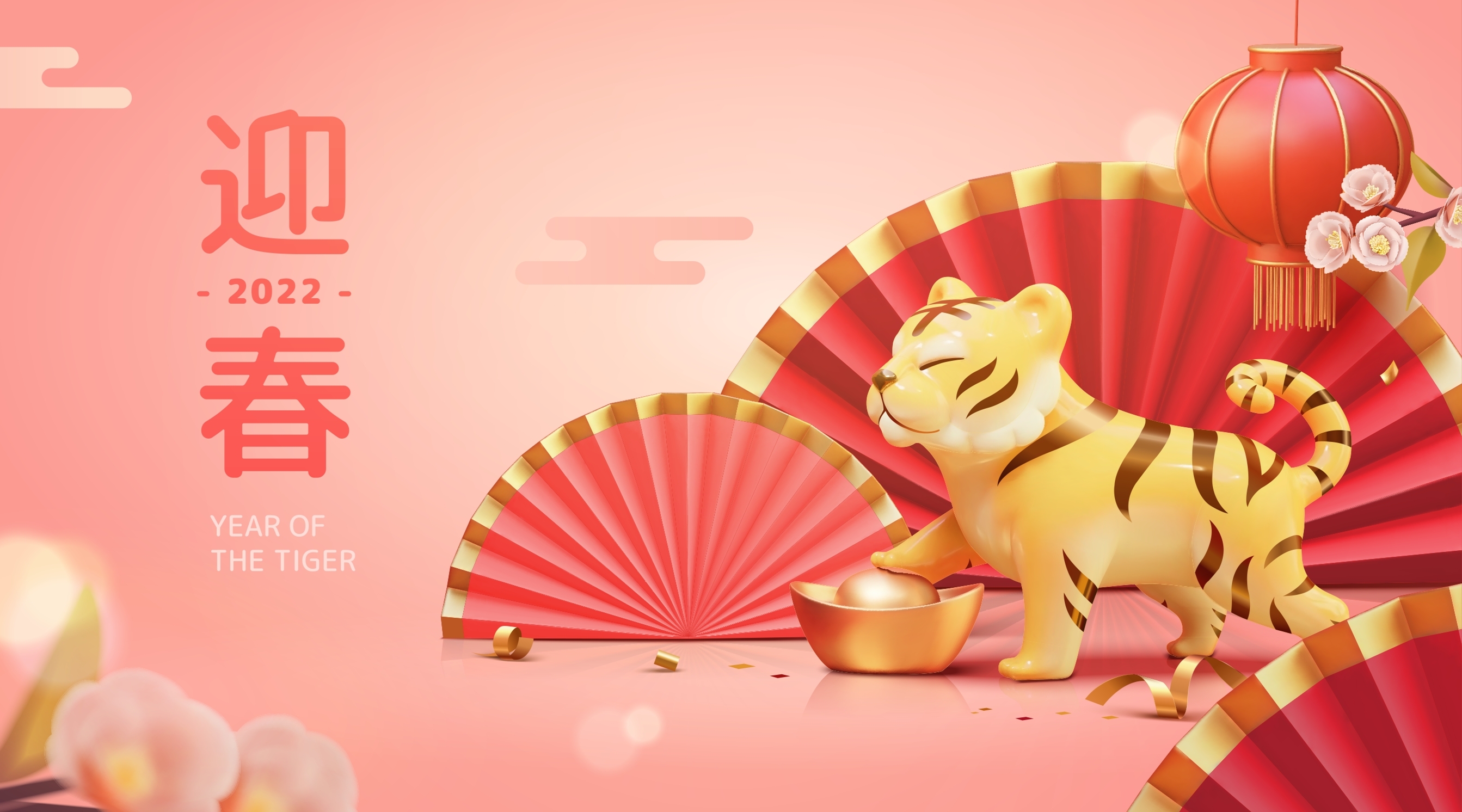Celebrating 15 Days of Lunar New Year
Lunar New Year, also known as Chinese New Year or Spring Festival, is a 15-day festival widely celebrated in East and Southeast Asian cultures. A time when family and friends gather to feast, it is an event to honor and remember ancestors, and is moreover tied to the lunar calendar.
I. Origins
The origin of Lunar New Year lies in the legend of Nian, a beast that consumed human flesh on New Year's Day. Though feared, he was especially vulnerable to the color red, fire, and loud noises. Thus, the tradition of pasting red paper decorations on doors, filling lanterns with fire, and setting firecrackers off to light the night sky came about to frighten him away.
The reason why Nian feared the color red was because of its symbolism. Red has long been associated with good fortune, as well as the expulsion of negativity and evil spirits.
II. Zodiac Animals
According to History, “Every year in the Lunar calendar is represented by one of 12 zodiac animals included in the cycle of 12 stations or ‘signs’ along the apparent path of the sun through cosmos.” Those 12 zodiac animals are the rat, ox, tiger, rabbit, dragon, snake, horse, sheep, monkey, rooster, dog, and pig. There are distinctive characteristics in every animal, just as there are in every zodiac sign.
“In addition to the animals, five elements of earth, water, fire, wood, and metal are also mapped onto the traditional lunar calendar,” says History. An animal corresponds to an element on the traditional lunar calendar per year.
The date of every year is always inconsistent and is determined by the Chinese lunar calendar, but falls somewhere between January 21st to February 20th. This year, the Lunar New Year falls on Tuesday, February 1st, and begins with the year of the Water Tiger. The Water Tiger only occurs every 60 years and symbolizes strength, bravery, and expelling evil.
III. Traditions & Customs
During the 15 days of the celebration, red decorations will be hanging, sacrifices will be offered to ancestors, a reunion dinner with family will be held on New Year's Eve, gifts will be distributed, fireworks will be set off, and traditional lion and dragon dances will be held.
During the 15 days of the celebration, red decorations will be hanging, sacrifices are offered to ancestors, and a reunion dinner with family on New Year's Eve. Additionally, gifts are distributed, fireworks are set off, and traditional lion and dragon dances will be performed.
As stated by Britannica, “Approximately 10 days before the beginning of the new lunar year, houses are thoroughly cleaned to remove any bad luck that might be lingering inside, a custom called sweeping of the grounds”. Then, the house will be embellished with red decorations to, as stated before, welcome affluence for the new year and banish any negative omens.
Chinese New Year's traditions of honoring the dead are extremely important. Many people visit the graves of ancestors prior to the Chinese New Year’s day and typically offer meat, wine, and joss sticks and paper. Joss sticks are thin, fragrant sticks that contain a substance that burns slowly and is used as incense. Joss papers, or incense papers, are made into burnt offerings to worship the dead. These sacrifices are offered prior to the reunion dinner so that ancestors may “eat” first. An extra glass and plate are added to the dinner table on New Year’s Eve.










